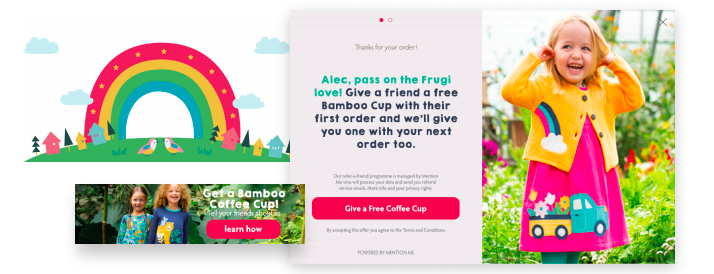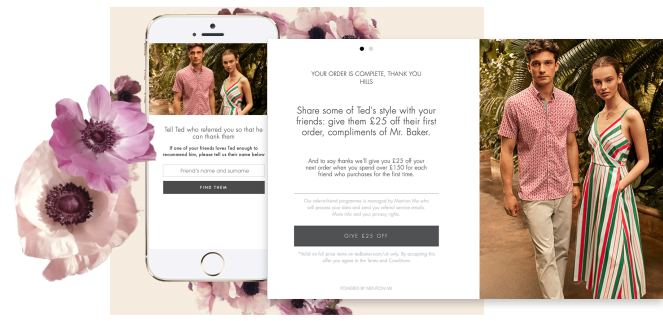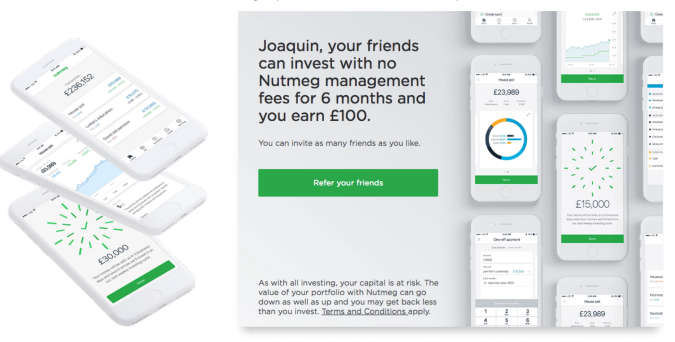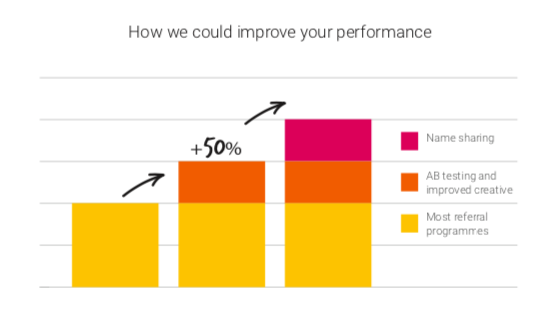6 Mistakes Killing Your Referral Marketing Programme
For years, we’ve shouted about one thing. We’ve said a lot about how refer-a-friend channels can drive new customer acquisition, increase customer lifetime value, and get people talking about your brand.

But we haven’t been entirely truthful. In fact, we’ve deliberately avoided one glaring fact.
It's time to come clean
The truth is… Referral marketing doesn’t always work.
Sometimes *deep breath* it can be a downright failure.
But here’s the thing. Referral should be a success.
No matter how big or small or mainstream or niche or young or established your business is, referral marketing has the potential to deliver results. Big results.
But like that wilting houseplant in your living room, a referral programme needs your help to grow.
6 reasons your referral marketing programme isn’t working
1. Your customers aren’t happy
Referral marketing hinges on customers talking positively about your brand to others. They’re not going to do that if they’re unhappy with your product or service (or both).
Your net promoter score (NPS) gives an immediate indication of how your customers feel. If your score is currently less than 5, your efforts promoting referral are like trying to bake a cake in the freezer. It’s just not going to happen.
Instead, you’re better off spending time understanding why your customers aren’t happy, fixing it, then promoting referral.
Unless, that is, you have a large customer base with diverse views on your brand.
If that's the case, it’s time to start segmenting. Rather than try win over the detractors (those scoring you 6 or less), promote referral to those who already rate you.
Becky with her glitchy app and late order isn’t going to recommend your brand, but Chris strolling the streets in his fresh new trainers will jump at the chance, especially if there’s a discount or other incentive involved.
2. You’re missing key touchpoints
Your referral programme has a generous incentive, catchy copy and on-brand creative. So why is nobody biting?
It could be because you’re falling victim to the curse of knowledge. You know your referral programme so well you've forgotten most people don’t even know it exists.
It’s your job to change that.
Organic clothing brand Frugi promotes referral across numerous touchpoints
The rule of 7 dictates that customers only notice brand messaging once they’ve seen it at least seven times.
That’s why it’s important to promote referral at as many touchpoints as possible. Especially your homepage and post-purchase page.
These two areas tap into different parts of the customer journey, have high levels of traffic, and generate the strongest referral results.
Did you know...
Clients who promote referral on their homepage increase traffic by 20-50%
3. No one is interested in your offer
Another reason your referral programme isn’t hitting the mark could be that your offer isn’t good enough.
If new customers can get a first-time shopper discount, they’ll only go to the extra effort of entering their friend’s name or discount code if there’s something more to be gained.
So what, you might be thinking. It’s still a new customer.
You’re not wrong. But referred customers are twice as likely to return, spend an average of 25% more on their first order, and are three times more likely to recommend your brand to others.
So if your referral offer isn’t getting attention, it’s time to improve it.
 Ted Baker: a great example of referral
Ted Baker: a great example of referral
4. It’s badly integrated
We live in a mobile-first world. We’re impatient. If something takes more than a few seconds to load, we exit and forget it.
The same goes for referral.
Consumers won’t bother sharing a brand, no matter how cool or generous, if it's a hassle. And by hassle, we mean takes longer than approximately five seconds.
All too often, brands invest time and money into building a referral programme in-house, realise the enormity of the task and lose interest, declaring it a failure.
Outsourcing referral takes out the heavy lifting and lets you get on with your day job while specialists like Mention Me work away in the background. We offer clients different integration methods, from simple JavaScript tags to fully fledged API, based on their requirements.
So you can keep your customer journey as smooth as your business presentation revealing the latest referral results.
Did you know...
25% of financial brand, Nutmeg’s referred customers come via its app
5. People don’t talk about your product
When you tell people what you do for a living, does it provoke an excited discussion or an awkward pause?
If the latter, your referral programme could be a challenge. Not impossible, but a challenge.
Referral works best for products that naturally come up in everyday conversation, like clothes and holidays.
For other sectors, context is key.
Maternity wear, for instance, is unlikely to be a topic of conversation among middle-aged men sinking pints at the local. But start talking about a decent maternity brand at an antenatal clinic, and people will listen.
Another thing to bear in mind: talking about brands is only half the picture. True success lies in converting these word of mouth conversations into new customers for your brand.
Look at the finance sector.
Us Brits are notoriously bad at talking about money, yet 42% of people are likely to recommend a financial brand. On closer thought, it makes sense; talking about your new savings app doesn’t have to mean revealing your annual salary and mortgage debt.
Even better, finance brand recommendations are highly likely to convert to new customers – more likely than frequently recommended products like make-up.
So find the niche for your customer base and tap into it. Rather than suggesting customers recommend your brand to their friends, encourage them to recommend you to other mums-to-be, savvy savers, house-hunters or other relevant group.

Nutmeg: a financial brand reaping the rewards of referral
6. You don’t understand your audience
We all like to think we know our audiences. There’s Gen Z, digital natives glued to their smartphones. Millennials, more interested in avocado toast than ever affording a property. Generation X, busy balancing life with kids, mortgages and work.
Except these stereotypes entirely overlook individual nuances. You can't paint huge groups of people with the same brush then wonder why they’re not engaging with your brilliant generational-specific campaign.
A/B testing your referral programme is critical to making it a success. Otherwise you’re just running offers and hoping for the best with no real insight of why some work better than others.
Create a solid A/B testing plan and systematically work your way through every element.

Test whether your customers engage more with short or long copy; fixed sum or percentage discounts; limited or ongoing time period promotions; emails or homepage pop-ups… you get the idea. Layer this with cohort-based testing, segmenting audiences by everything from age to spending patterns to geographies.
You’ll probably never run out of things to test. But you will gain valuable insights into different segments of your customer base. Turn those findings into action, and you can achieve some serious results.
Did you know...
On average, A/B testing increases referral results by 30%
Prepare for lift-off
If you caught yourself nodding your head in agreement as you read your way to here, don’t be disheartened. Identifying the problem is half the solution, after all. Work your way through correcting each of the above mistakes and watch the referral results roll in.